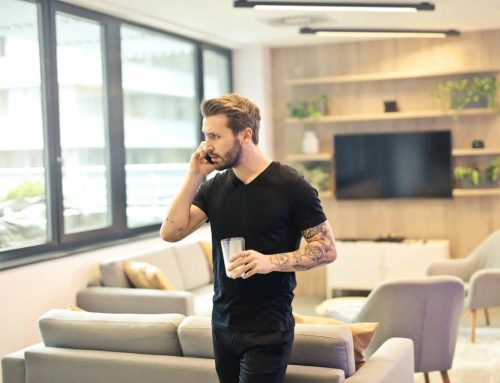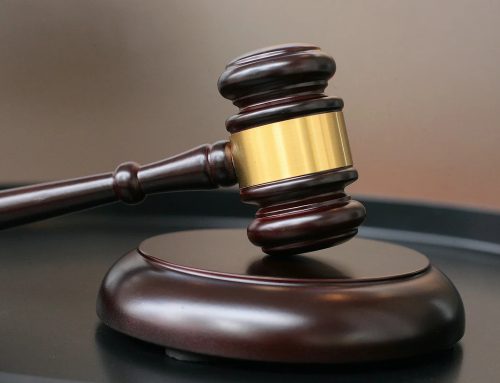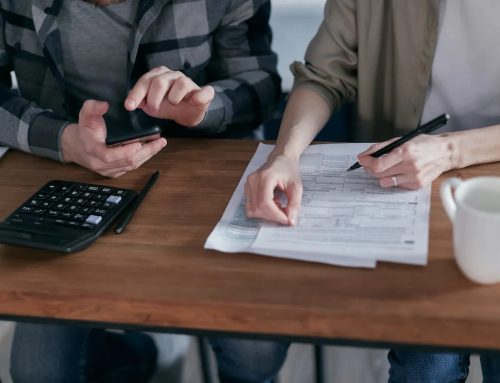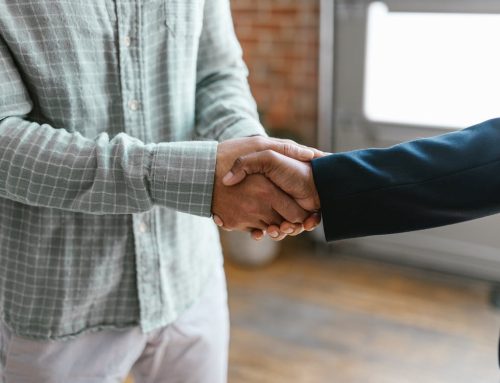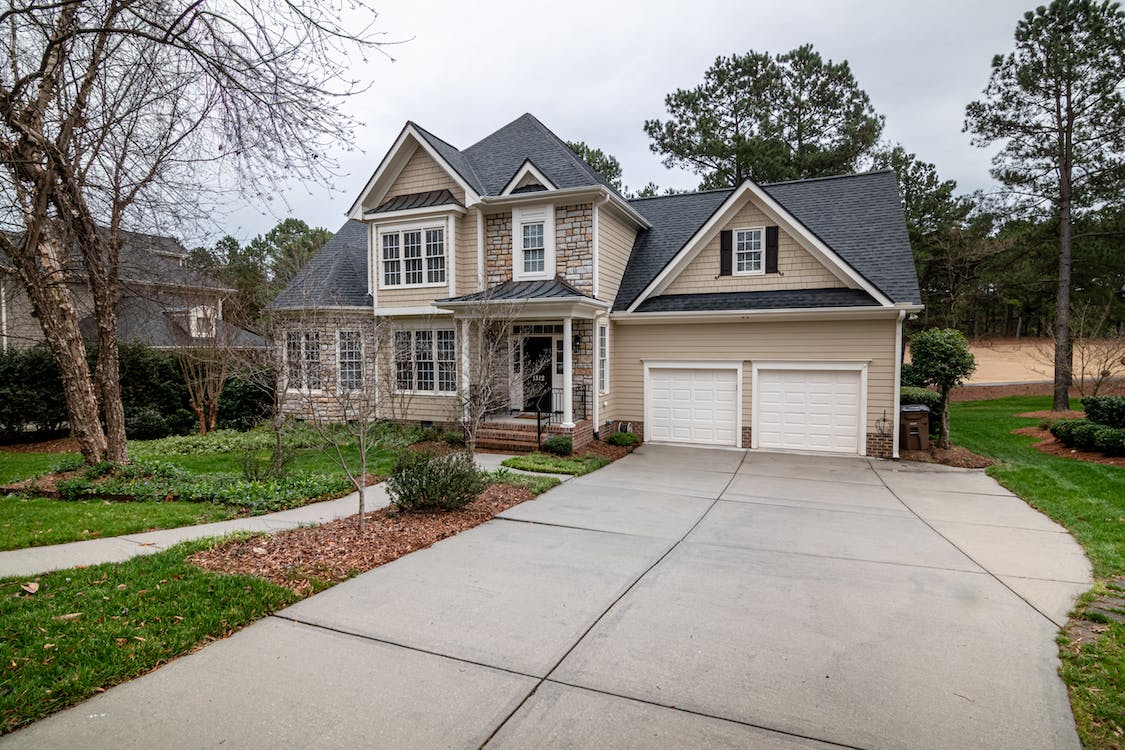
Imagine a scenario where you’re visiting a friend’s house for dinner during a crisp winter evening. You arrive with excitement, looking forward to a pleasant gathering; however, as you climb their icy front steps, your foot slips out from under you. In an instant, the joyful anticipation turns into a startling reality–you’ve had a slip-and-fall accident right at their doorstep. The initial shock is followed by pain and confusion, leaving you wondering about the consequences of this unfortunate incident.
For individuals that suffer such accidents at someone’s home, a common question emerges: “Does homeowner’s insurance cover slip-and-fall injuries?” The short answer is yes in most cases, but the degree to which damages are covered can vary based on the specifics of the situation.
In this guide, we’ll answer this pivotal question and also provide you with an understanding of how homeowners insurance factors into slip-and-fall cases, offering the insights you need to navigate this legal terrain.
What Is Homeowners Insurance?
Homeowners insurance is a comprehensive policy that serves as a protective shield for property owners. It encompasses various components designed to safeguard both the property itself and individuals residing within it. One of the most critical aspects of homeowners insurance, particularly in the context of slip-and-fall accidents, is liability coverage.
Understanding Liability Coverage
Liability coverage is the cornerstone of homeowners insurance policies. It plays a pivotal role in addressing potential legal responsibilities of property owners when an accident, including a slip-and-fall injury, occurs on their premises. This coverage extends beyond simply protecting the property; it also considers the safety and well-being of individuals visiting or residing on the property.
Does Homeowners Insurance Cover Slip-and-Fall Accidents?
One of the most pressing questions for individuals who have experienced a slip-and-fall accident on someone else’s property is whether homeowners insurance typically covers such incidents. The extent of coverage can significantly impact the outcome of a potential claim.
In general, homeowners insurance policies include coverage for medical payments. This coverage is designed to assist individuals who sustain injuries on the insured property, including those resulting from slip-and-fall accidents. However, there are conditions and limitations to consider.
Medical Payments Coverage and Fall Injuries
Medical payments coverage typically applies regardless of who is at fault for the accident. This means that even if the homeowner is not deemed legally liable for the incident, this coverage can still provide financial relief to the injured party. It is intended to facilitate swift access to necessary medical treatment and mitigate potential legal disputes.
Catastrophic Injuries and Slip-and-Fall Claims

While many slip-and-fall accidents result in minor injuries, some can lead to a catastrophic injury that has far-reaching and long-lasting consequences. Catastrophic injuries, such as severe head trauma, and spinal cord injuries, can significantly impact the course of a slip-and-fall claim.
Dealing with catastrophic injuries requires a comprehensive approach to medical care, rehabilitation, and life adjustments. In these cases, homeowners insurance may play a more substantial role in providing financial support to cover medical expenses, ongoing care, and necessary accommodations.
However, it’s essential to recognize that the road to compensation for catastrophic injuries can be more challenging and may involve negotiations with higher stakes. Working with a lawyer that has experience in the field of personal injury becomes even more important in these situations to ensure that the injured party receives the compensation they deserve.
When Should You Pursue a Slip-and-Fall Claim?
Determining the right time to pursue a slip-and-fall claim can be a critical decision for individuals dealing with injuries and related expenses. A number of factors should be accounted for:
- Prompt Medical Attention: Seeking immediate medical attention is paramount. Your health and well-being should be the top priority. Prompt medical care not only ensures your injuries are properly assessed and treated but also creates a record of the incident and your injuries.
- Evidence and Documentation: It’s essential to gather evidence and document the scene of the slip-and-fall accident as soon as possible. This may include taking photographs, obtaining witness statements, and preserving any physical evidence.
- Consulting a Personal Injury Lawyer: Consulting with an experienced personal injury lawyer is advisable, especially if your injuries are significant or if there is a dispute over liability. A lawyer can help you understand your rights, assess the strength of your case, and guide you through the legal process.
Homeowners Insurance Coverage Limits
Understanding the coverage limits of homeowners insurance policies is key when pursuing slip-and-fall claims. While medical payments coverage can provide initial financial relief for medical expenses, it is subject to specific limits outlined in the policy.
Legal Liability and Homeowners Insurance
The legal liability of property owners in slip-and-fall cases is a complex area of law. Homeowners insurance can provide protection against legal claims and potential financial responsibilities that may arise if a court determines that the property owner was negligent or responsible for the accident.
Property owners have a legal obligation to maintain their premises in a reasonably safe condition. Failure to do so can result in legal liability if someone is injured on their property due to negligence. Homeowners insurance is designed to address such scenarios.
The Claims Process
Navigating the claims process for a slip-and-fall accident involving homeowners insurance requires a systematic approach. Here is a general outline of the steps involved:
- Report the Incident: Notify the property owner of the slip-and-fall incident immediately and ensure that the incident is documented.
- Seek Medical Attention: Obtain prompt medical care for your injuries and keep records of all medical expenses.
- Gather Evidence: Collect and preserve evidence related to the incident, including photographs, witness statements, and any relevant documents.
- Consult with a Lawyer: If you believe the property owner may be liable for your injuries, consult with a personal injury attorney to discuss your case.
- Contact the Insurance Company: If you decide to pursue a claim, contact the property owner’s homeowners insurance company to initiate the claims process.
- Negotiate and Settle: Work with your attorney to negotiate a fair settlement with the insurance company. If a settlement cannot be reached, legal action may be necessary.
Wynperle Law – Your Trusted Slip-and-Fall Legal Advisors
Understanding the interplay between homeowners insurance and slip-and-fall accidents in Ontario, is essential for individuals who have experienced such incidents. While homeowners insurance typically includes coverage for medical bills, the extent of coverage and the complexities of legal liability can vary. Each slip-and-fall case is unique, and the outcome may depend on several factors.
We encourage readers to contact us at Wynperle Law for personalized guidance tailored to their specific situations. We specialize in personal injury and long-term disability cases and are here to help you receive the compensation you are entitled to. Whether you are dealing with minor injuries or severe damage, having a dedicated lawyer by your side can make a significant difference in the outcome of your claim.

